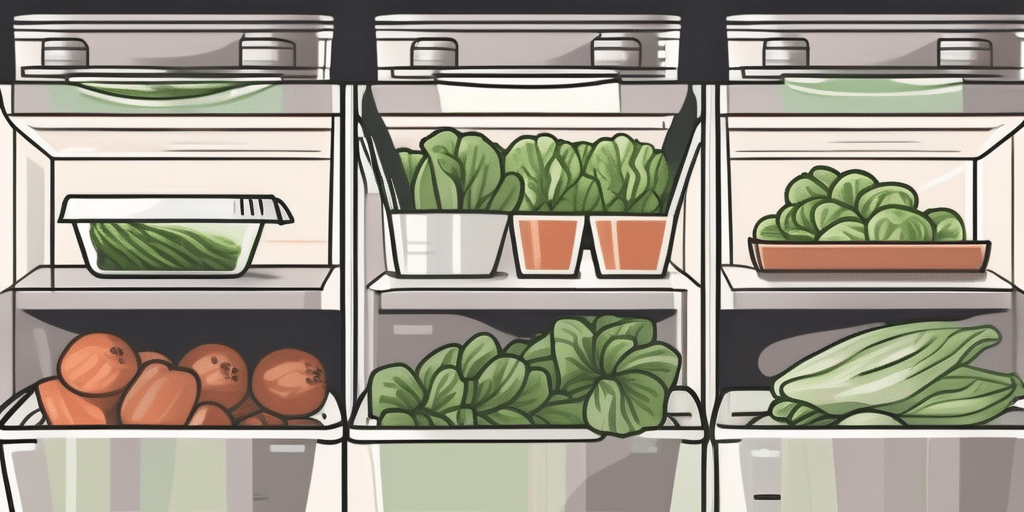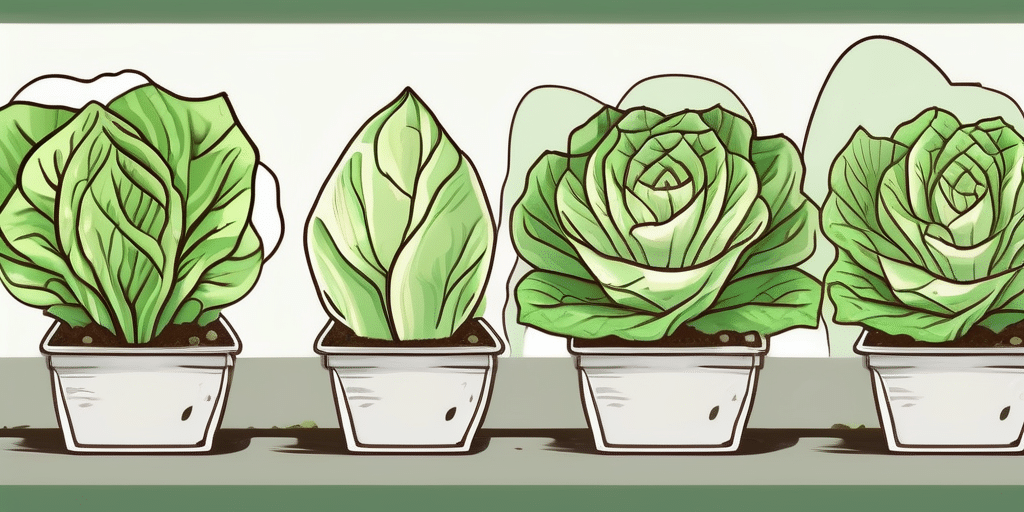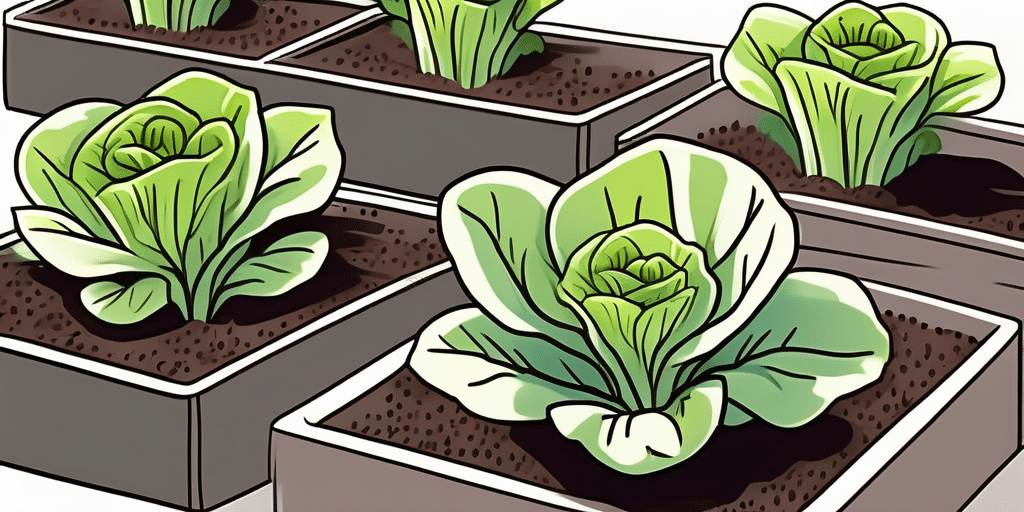Growing your own Simpson Elite lettuce from seeds can be a rewarding experience. This leafy green vegetable is not only delicious but also packed with nutrients. Whether you’re an experienced gardener or a beginner, this guide will help you through the process.
Understanding Simpson Elite Lettuce
The Simpson Elite lettuce, a popular variety of loose-leaf lettuce, is known for its tender, sweet leaves and fast growth. It’s an excellent choice for home gardens and can be grown in both containers and traditional garden beds.
According to the USDA, lettuce is a cool-season crop that thrives in temperatures between 60 and 70 degrees Fahrenheit. Simpson Elite lettuce is particularly heat tolerant, making it a great choice for those in warmer climates.
Health Benefits of Simpson Elite Lettuce
Like other leafy greens, Simpson Elite lettuce is rich in vitamins A, C, and K. It’s also a good source of folate and iron. Regular consumption of lettuce can contribute to a healthy diet and may help prevent certain diseases.
According to a study published by the National Institutes of Health, leafy greens like lettuce can help reduce the risk of cardiovascular disease. They’re also beneficial for eye health due to their high content of lutein and zeaxanthin.
How to Grow Simpson Elite Lettuce From Seeds
Now that you understand the benefits of Simpson Elite lettuce, let’s delve into the process of growing it from seeds. Here’s a step-by-step guide:
Choose a location. Simpson Elite lettuce prefers full sun but can tolerate partial shade. The soil should be well-draining and rich in organic matter.
Prepare the soil. Loosen the soil with a garden fork and remove any weeds or stones. Add compost or a slow-release fertilizer to improve fertility.
Sow the seeds. Scatter the seeds on the soil surface and lightly cover them with soil. The seeds should be spaced about 1 inch apart.
Water the seeds. Keep the soil consistently moist but not waterlogged. A gentle spray is best to avoid dislodging the seeds.
Thin the seedlings. Once the seedlings have grown a few true leaves, thin them to about 6 inches apart. This gives each plant enough space to grow.
Maintain the plants. Water regularly, especially during dry periods. Apply a balanced fertilizer every few weeks to promote growth.
Harvest the lettuce. Simpson Elite lettuce can be harvested as soon as the leaves are large enough to eat. Simply cut the outer leaves and allow the center to continue growing.
Common Problems and Solutions
While growing Simpson Elite lettuce is generally straightforward, you may encounter a few challenges. Here are some common problems and their solutions:
Pests
Lettuce is susceptible to several pests, including aphids, slugs, and rabbits. To deter these pests, you can use organic pesticides, slug traps, or physical barriers like fencing.
According to the University of Minnesota Extension, introducing beneficial insects like ladybugs and lacewings can also help control aphid populations.
Diseases
Lettuce can be affected by several diseases, including downy mildew and lettuce mosaic virus. To prevent these diseases, practice crop rotation and avoid overhead watering, which can create a humid environment that promotes disease.
The American Phytopathological Society recommends using disease-resistant varieties and certified disease-free seeds to reduce the risk of disease.
Conclusion
Growing Simpson Elite lettuce from seeds is a rewarding endeavor that can provide you with a steady supply of fresh, nutritious greens. With the right care and attention, you can enjoy a successful harvest.
Remember, gardening is a learning process. Don’t be discouraged if you encounter challenges along the way. With patience and persistence, you’ll soon be enjoying your own homegrown Simpson Elite lettuce.
Join Our Gardening Community
Ready to take your gardening skills to the next level? Subscribe for free to How to Grow Everything and learn how to build the garden of your dreams! Receive personalized advice and information tailored to your specific grow zone, experience, and interests. Enjoy the best gardening tips, special offers, and insights delivered straight to your inbox—no spam, just pure gardening gold. Join our family of garden enthusiasts and start cultivating your very own Simpson Elite lettuce and more today. It’s 100% free, from our family to yours.






